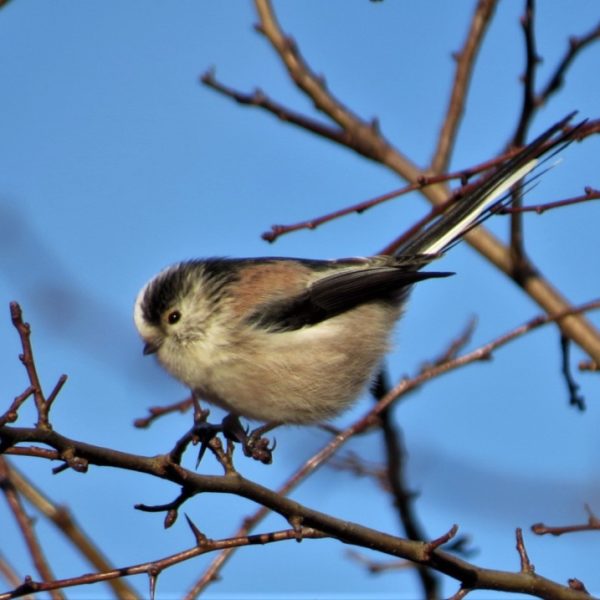Key Facts
- Length: 14cm
- Wingspan: 18cm
- Weight: 9g
- Average lifespan: 2 years
Long-tailed Tits are tiny birds of hedgerows, woodland, parks and gardens. They build a domed nest in a bush or the fork of a tree using moss, which they camouflage with cobwebs and lichen.
They line the nest with feathers, using as many as 1,500 to make it soft for the eight to twelve eggs they lay. Tits are active feeders, hunting out insects and spiders amongst the smaller branches of trees in woodlands. But they are also well-adapted to gardens and towns and will visit birdtables and feeders. In winter, they will form flocks with other tits, roaming woodlands, parks and gardens, and commons and heaths with suitable bushes.
How to Identify
Unmistakeable: Long-tailed Tits live up to their name with black and white tails that are bigger than their bodies. They have a black, white and pink back, a white head with a wide black eyestripe, and a pale pink belly.
Where to Find
Widespread.
How People Can Help
You can help to look after Long-tailed Tits and other garden birds by providing food and water for them – it doesn’t matter if you have a big garden or live in a high-rise flat, there are plenty of feeders, baths and food choices out there to suit all kinds of situations. To find out more about encouraging wildlife into your garden, visit our Wild About Gardens website: a joint initiative with the RHS, there’s plenty of facts and tips to get you started.
Did you know?
Sociable and noisy, Long-tailed Tits are usually spotted roaming about in flocks of 20 or more birds during the winter. At night, Long-tailed Tits cluster together to keep warm.
Similar Species

Barn Owl
- Birds

Black-Headed Gull
- Birds
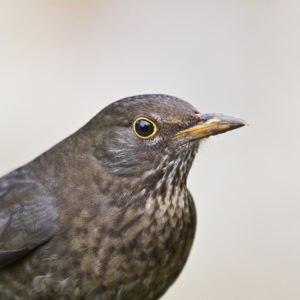
Blackbird
- Birds
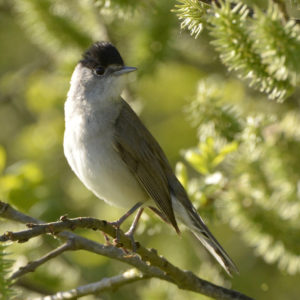
Blackcap
- Birds
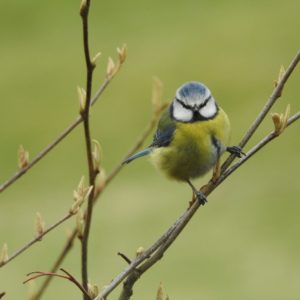
Blue Tit
- Birds
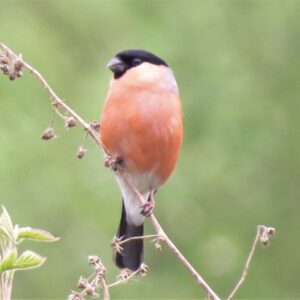
Bullfinch
- Birds
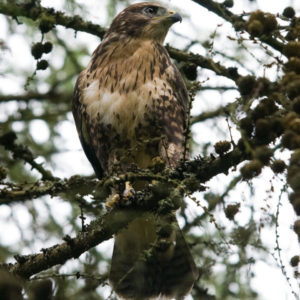
Buzzard
- Birds
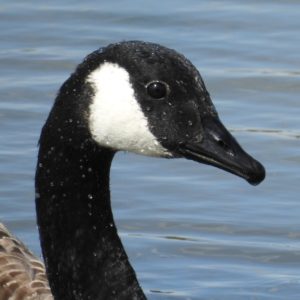
Canada Goose
- Birds
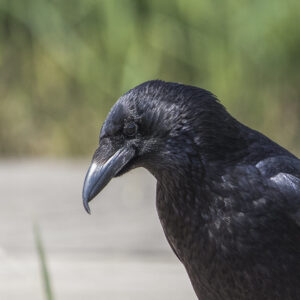
Carrion Crow
- Birds
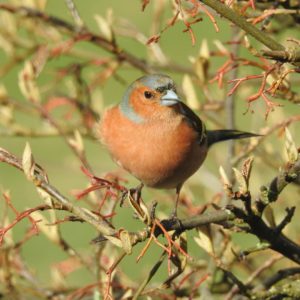
Chaffinch
- Birds
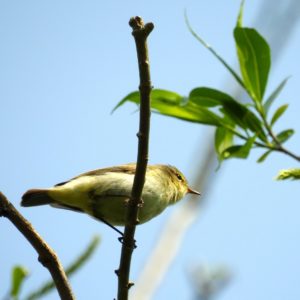
Chiffchaff
- Birds
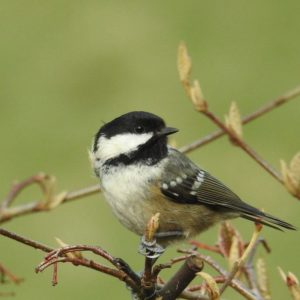
Coal Tit
- Birds

Collared Dove
- Birds

Coot
- Birds
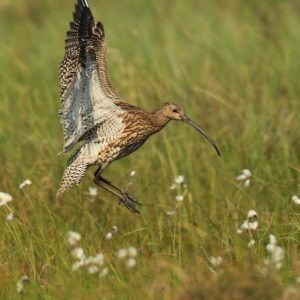
Curlew
- Birds
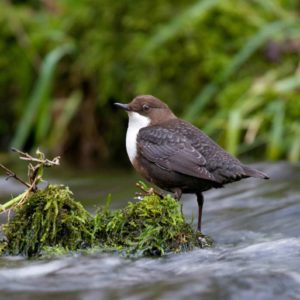
Dipper
- Birds
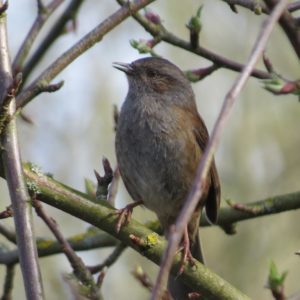
Dunnock
- Birds
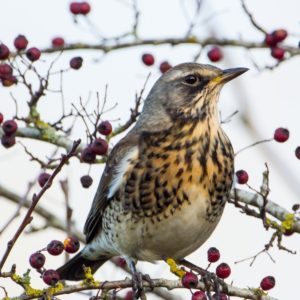
Fieldfare
- Birds
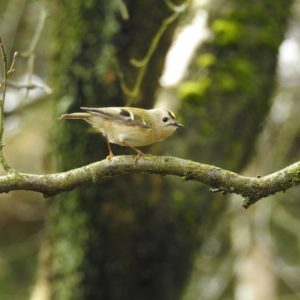
Goldcrest
- Birds
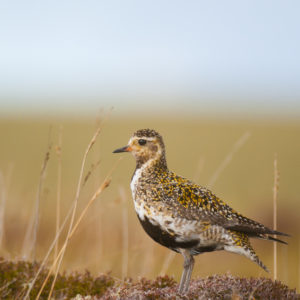
Golden Plover
- Birds
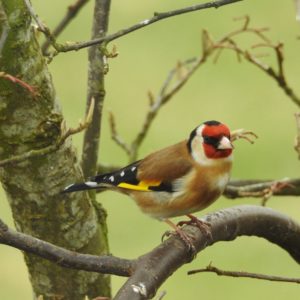
Goldfinch
- Birds
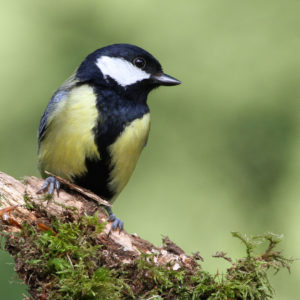
Great Tit
- Birds
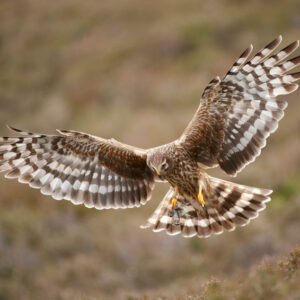
Hen Harrier
- Birds

Herring Gull
- Birds
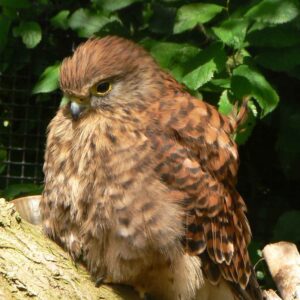
Kestrel
- Birds

Kingfisher
- Birds
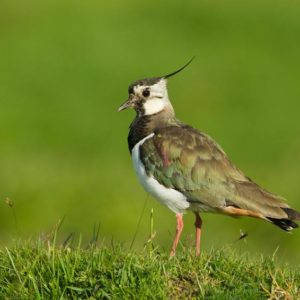
Lapwing
- Birds
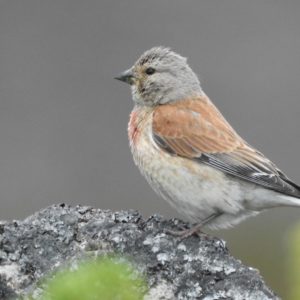
Linnet
- Birds
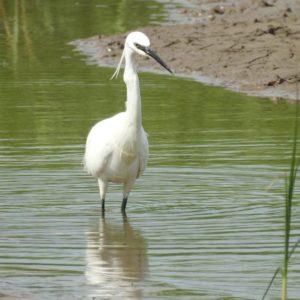
Little Egret
- Birds
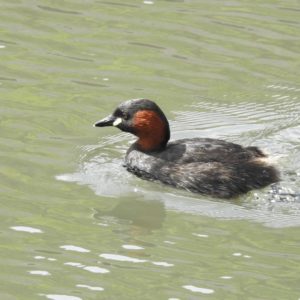
Little Grebe
- Birds
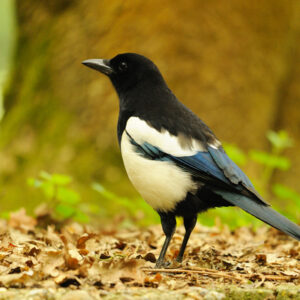
Magpie
- Birds

Mallard
- Birds

Mandarin Duck
- Birds
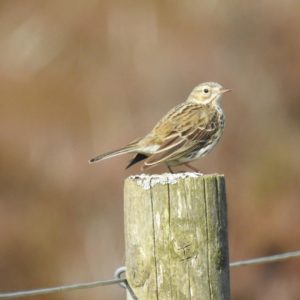
Meadow Pipit
- Birds
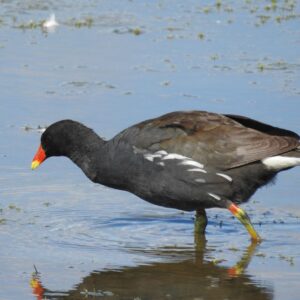
Moorhen
- Birds
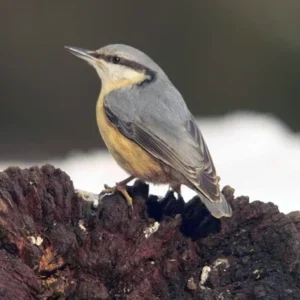
Nuthatch
- Birds
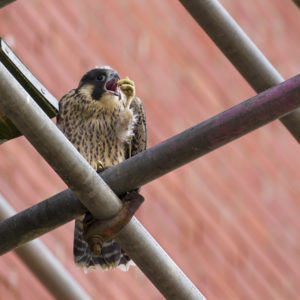
Peregrine falcon
- Birds
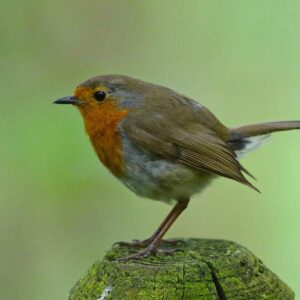
Robin
- Birds
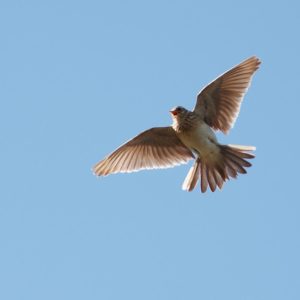
Skylark
- Birds

Snipe
- Birds
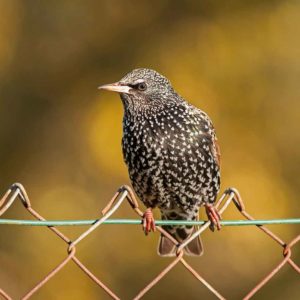
Starling
- Birds
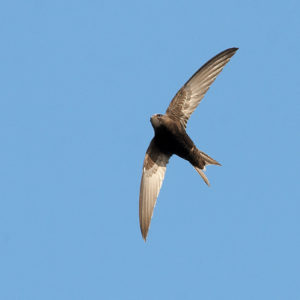
Swift
- Birds
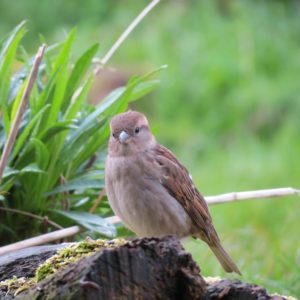
Tree Sparrow
- Birds
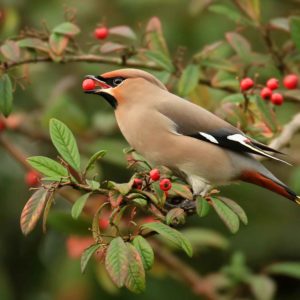
Waxwing
- Birds
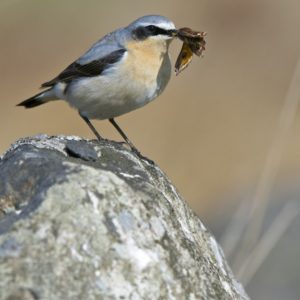
Wheatear
- Birds
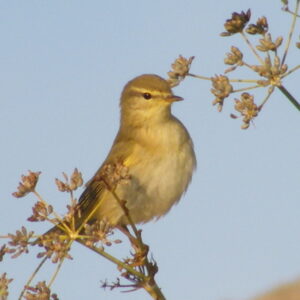
Willow Warbler
- Birds
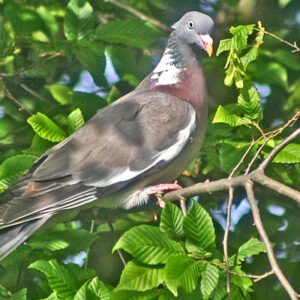
Wood Pigeon
- Birds
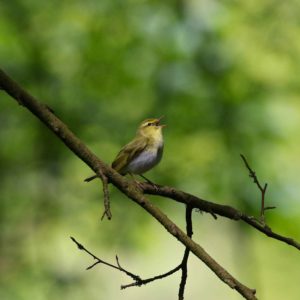
Wood Warbler
- Birds
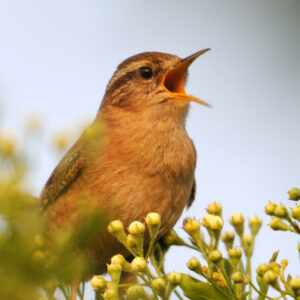
Wren
- Birds
